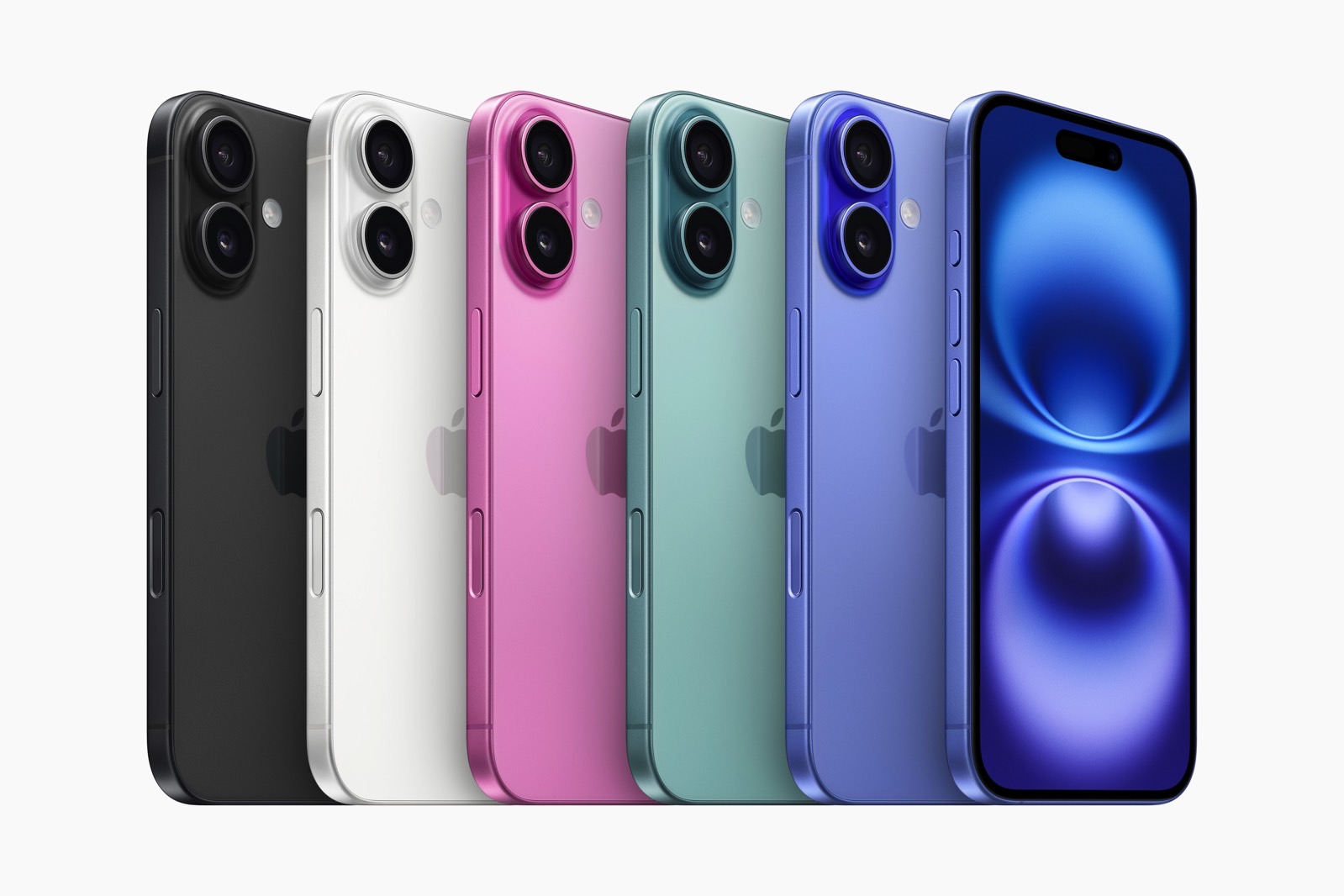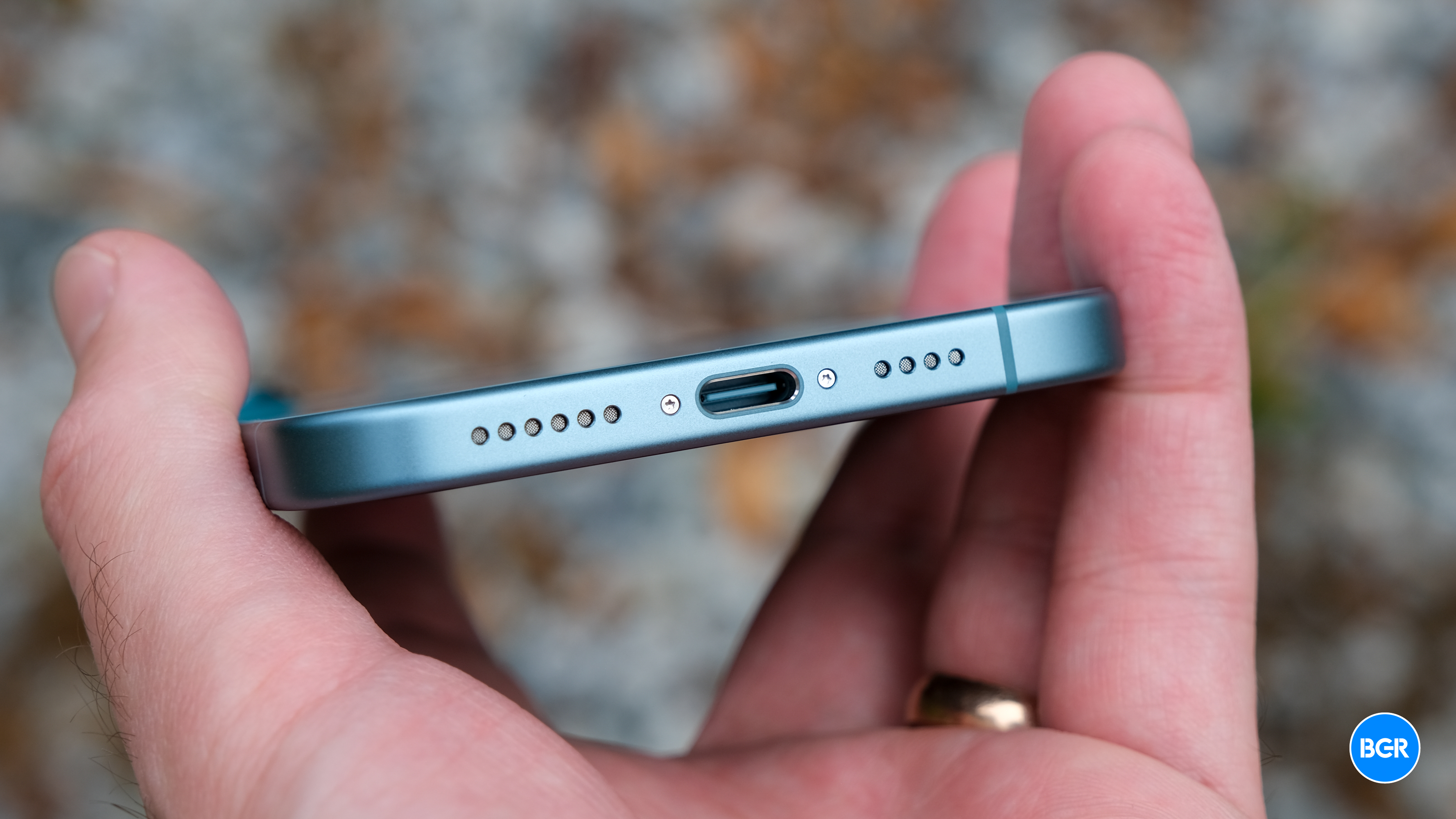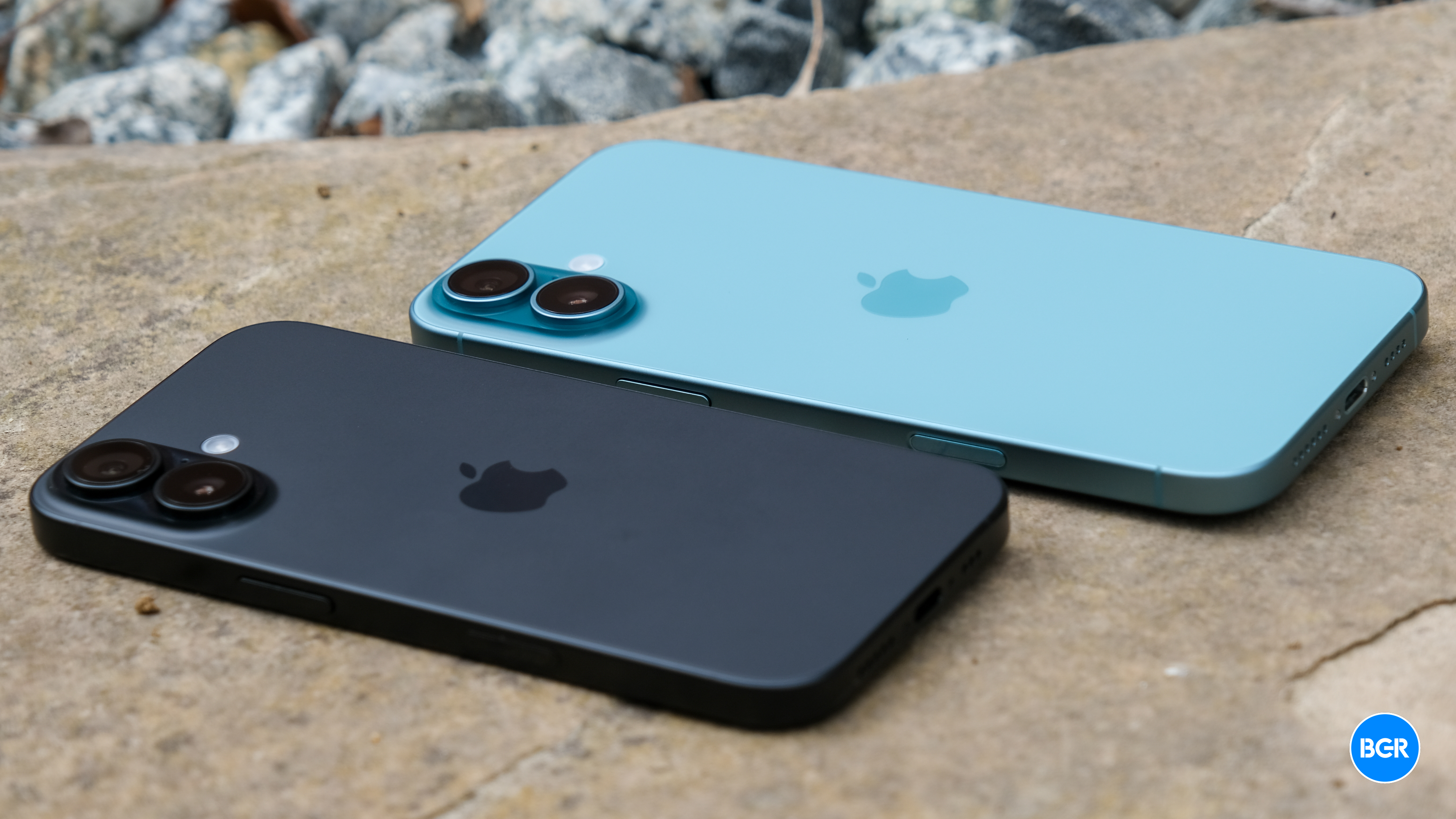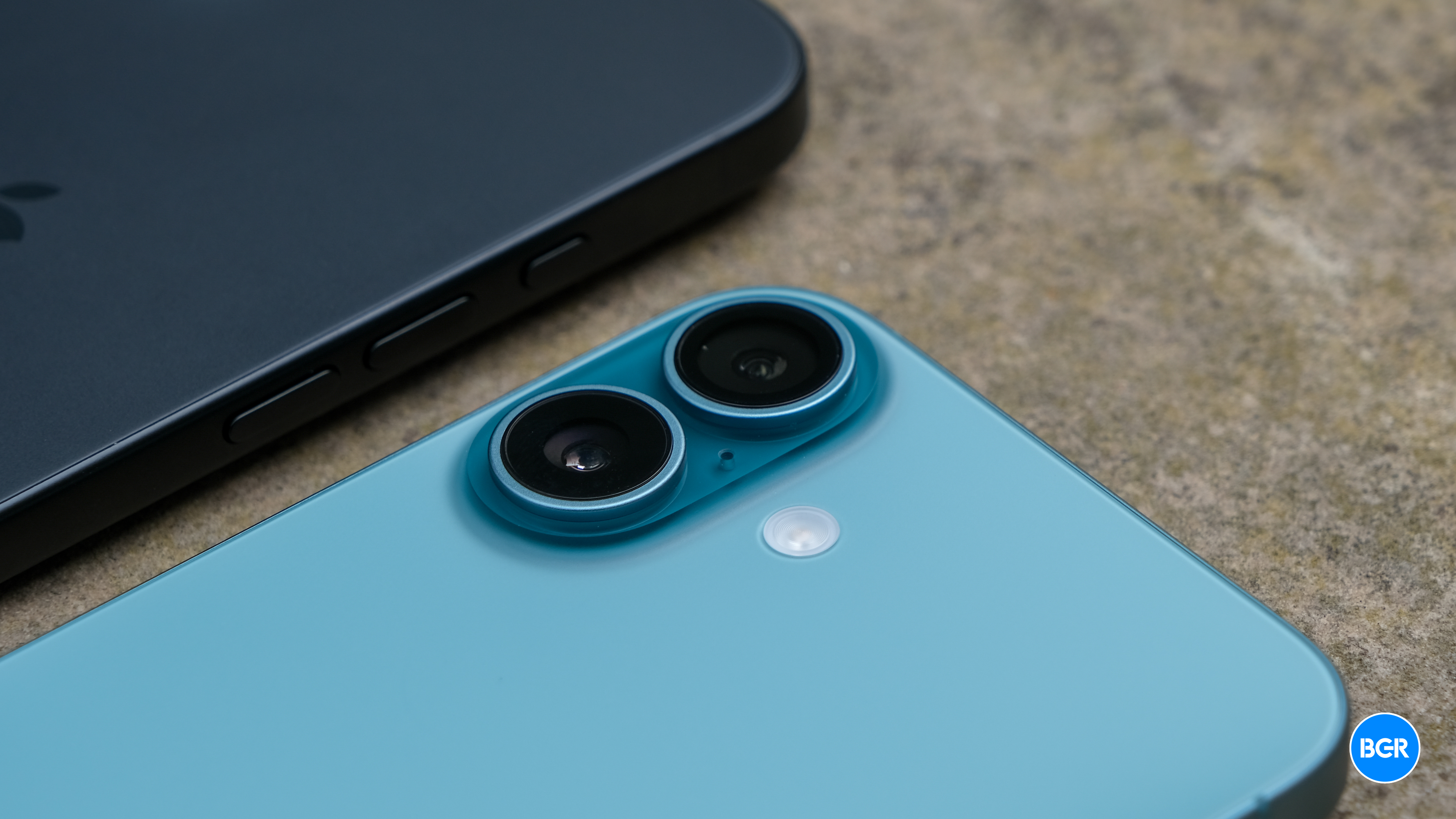After nearly two months with the iPhone 16 Plus, I returned it and downgraded to my two-year-old iPhone 14 Pro. The latter was patiently waiting in a drawer for its time to shine again. After I explained why I gave up the iPhone 16 Plus and chose to move back to a 2022 flagship, I’ll now tell you why I started missing the large phone the minute I gave it up.
You see, the iPhone 16 Plus has a few key features that make it an incredible device, and it has nothing to do with its signature tricks, the Camera Control button, and Apple Intelligence.
The iPhone 16 Plus display
Before the iPhone 14 Pro, I wanted an iPhone mini. I was very close to getting the iPhone 13 mini and forget all about the incoming purple Pro. It’s probably for the best that I avoided the smaller screen. Something changed since then, as I found the 6.1-inch display of the iPhone 14 Pro increasingly smaller. That’s why I chose the iPhone 16 Plus in September, and I have to say the screen is amazing.
Switching from a Pro to a non-Pro wasn’t a problem because I’ve been using the iPhone 14 Pro as a non-Pro device. By that, I mean that the Always-On display has always been off. I also accidentally disabled ProMotion, and I never turned it back on.

The screen difference was obvious as soon as I returned to the smaller screen of the iPhone 14 Pro. While using a 6.1-inch iPhone with one hand is easier, I’d still like the larger display. It’s so much better for anything I do on the iPhone. And no, I don’t suffer from any eyesight issues. It’s just a more comfortable experience.
Another small iPhone 16 Plus feature I appreciated is the 1-nit minimum brightness. This makes using the iPhone at night even better than before. The iPhone 14 Pro might support ProMotion and Always-On, but it doesn’t go that low when it comes to brightness.
The amazing battery life
As much as I love the iPhone 16 Plus’s display, I love the battery life even more. The handset reminded me of the first year of using the iPhone 14 Pro. I used to recharge the battery every other day, which is the kind of battery life that will put any battery anxiety at ease.
The iPhone 16 Plus saw went through some 32 recharge cycles during almost two months of use. I placed no restrictions on the battery charging, but I didn’t always recharge it to 100%. Battery health was still 100% when I returned the handset, which is expected after such a short period.

The USB-C port
I’ll remind you that the iPhone 16 models support faster wireless charging, and I felt that. I mostly used a MagSafe charger for the iPhone 16 Plus, though I also went for USB-C charging on occasion.
As someone who has skipped the iPhone 15 series, I’ve only now discovered the amazing convenience of having a USB-C port on the bottom of the iPhone. The same cable that recharges my Mac recharges my iPhone 16 Plus. It’s not a big deal, but it’s especially convenient when traveling.
The weight
I just told you the main reason I returned the iPhone 16 Plus was its size, and now I’m about to tell you that I miss how light it was. That might not make any sense until I also tell you that the smaller iPhone 14 Pro has a stainless steel frame. As such, the handset weighs 206 grams.
Meanwhile, the iPhone 16 Plus is lighter, at 199 grams. The iPhone 16 Pro has the same weight.

Seven grams aren’t a big deal, but I immediately noticed the difference. The iPhone 14 Pro is easier to carry in my pocket and operate with one hand, but it’s also heavier.
The iPhone 16 Plus camera
The iPhone 16 Plus doesn’t feature a flagship camera. You have to get the iPhone 16 Pro or 16 Pro Max for that. However, it has an improved camera compared to the 2022 iPhone 14 Pro.
The iPhone 16 Plus has almost the same 48-megapixel Fusion main camera as the Pros, and the pics I took with it look great. I’ve noticed improvements in low-light photography, and Night Mode makes capturing the full moon at night easier. It’s not where I’d want it to be, but it outperforms the iPhone 14 Pro.
The macro mode also seems to activate easier and faster than before, with the feature being built into the ultra-wide camera.

I wish I could have used the Camera Control to take photos and set them up, but sadly, I just couldn’t do it comfortably. Also, I can’t say I took enough Spatial Photos. But then again, I don’t own a Vision Pro where I would truly enjoy them.
As for the standalone telephoto lens of the Pros, I didn’t miss not having one. Then again, I’m yet to experience the tetraprism zoom available on iPhone 15 Pros and 16 Pros.
Put differently, the 14 Pro to 16 Plus camera downgrade made me realize I could very well use a single-lens camera phone and never care about not having extra sensors on the back. That is, I’m ready to embrace an iPhone 17 Air. Even if the ultra-thin iPhone packs only one camera on the back, it’ll surely feature the best possible wide camera tech Apple can offer.








